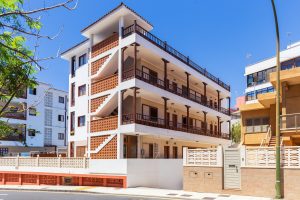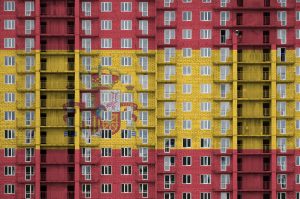
Sales of new homes increased 3.6% in January
The total number of properties transferred in January 2024 was 192,398, a 2.2% increase over the same month in 2023.
In the case of property sales, there were 108,364 recorded, an annual increase of 3.2%.
86.5% of those sales correspond to urban properties, with 13.5% being rural properties. Of those urban sales, 58% were private dwellings.
The number of purchases and sales of rural properties increased by 10.5% in January, when compared to the previous year. Sales of urban properties increased by 1.2%. Home sales saw a small decrease of 2.1%, when compared to the previous year.
20.1% of the homes transferred by sale in January were new build, with 79.9% being second hand, according to figures from the INE.
The number of sales on new build properties showed an increase of 3.6%, compared to last year, while used home sales fell by 3.4%.
Autonomous Communities
Castilla y León (30.5%), Galicia (15.9%) and Comunidad Foral de Navarra (15.7%) recorded the highest annual variation rates in January in the total number of properties transferred.
The Basque Country (-9.1%), Andalusia (-5.9%) and Valencian Community (-5.4%) presented the lowest annual rates.
Looking at sales of homes, the autonomous communities that presented the greatest increases were Castilla–La Mancha (25.8%), Castilla y León (21.1%) and Galicia (20.5%).
La Rioja (-12.8%), Community of Madrid (-11.6%) and the Basque Country (-11.5%) registered the largest decreases. Andalucia also saw a significant fall in homes sales with a fall of 10.5%.














